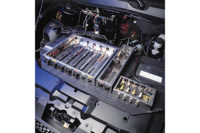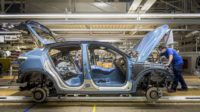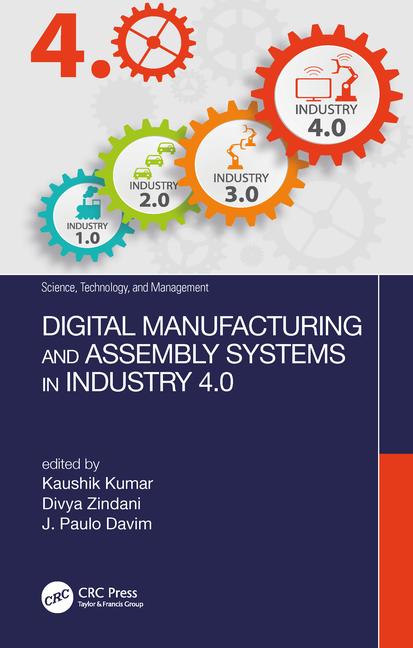Automation, digitalization and standardization are the key trends affecting the wire harness industry in 2022, according to DiIT GmbH, a division of the Schleuniger Group that specializes in software.
Today, increasing demand for electric cars is making wiring harnesses more important and system-critical than ever before. This is creating great opportunities, but also new challenges for manufacturers.
“Electromobility is promising wiring harness manufacturers a bright future,” explains Bernd Jost, managing director of DiIT. “But, to participate, they must do their homework. Without further automation, standardization and digitalization, the sector will not be able to meet the increasing requirements which go hand in hand with this change in importance of their products.”
According to Jost, the following trends will impact the wiring harness sector in the months ahead:
*Wiring harness manufacturers rely on high-voltage wires for automation.
*Interface standardization is finally gaining momentum.
*The sector is paving the way for consistent digital twins.
“The breakthrough of e-mobility has led to a rapidly increasing requirement for high-voltage wires,” says Jost. “Productronica 2021, the world’s leading trade fair for the development and manufacture of electronics, demonstrated that wiring harness manufacturers are looking for ways to automate the processing of these complex multiple-core wires with additional shields.
“Relevant systems with several interlinked processing stations generated great interest,” explains Jost. “In addition to throughput, automated quality control—for example, with vision systems—has an important role to play in these systems. It must also be possible to connect [with] manufacturing execution systems (MES) to supply them efficiently with orders and provide quality data transparently.”
According to Jost, manufacturers of wire processing machines are still continuing to define their own interface specifications. This means that the integration of machines into a MES system frequently incurs considerable expense. In the past, this could still be tolerated given that to date only a few machine types are being used in the wire processing sector.
However, with increasing automation, this situation is not sustainable over the long term. The era of proprietary interfaces in the wire processing industry must finally be consigned to the past. That’s why a VDMA working group was recently formed to develop a standard on the basis of the OPC/UA industry standard.
Many large wiring harness manufacturers are already working with digital twins in almost every step of the engineering and manufacturing process. “However, what has been lacking up to now, is consistency,” says Jost. “Every step uses its own digital twin that operates independently from others. However, to enable consistent traceability and quality assurance, the information model of a wiring harness must be usable across and throughout all these steps—from engineering through installation and ideally even to the use of the wiring harness in the vehicle.”
At the University of Stuttgart, a research consortium called ARENA2036 (Active Research Environment for the Next Generation of Automobiles) has been set up to develop digital twin technology. It involves a variety of leading automakers and suppliers, including Altair, Balluff, Bosch, BMW, Daimler, Draxlmaier, Intel, Komax, Kuka, Schaeffler, Schunk, Schleuniger, Siemens, TE, Trumpf, TOX Pressotechnik and Yazaki.









